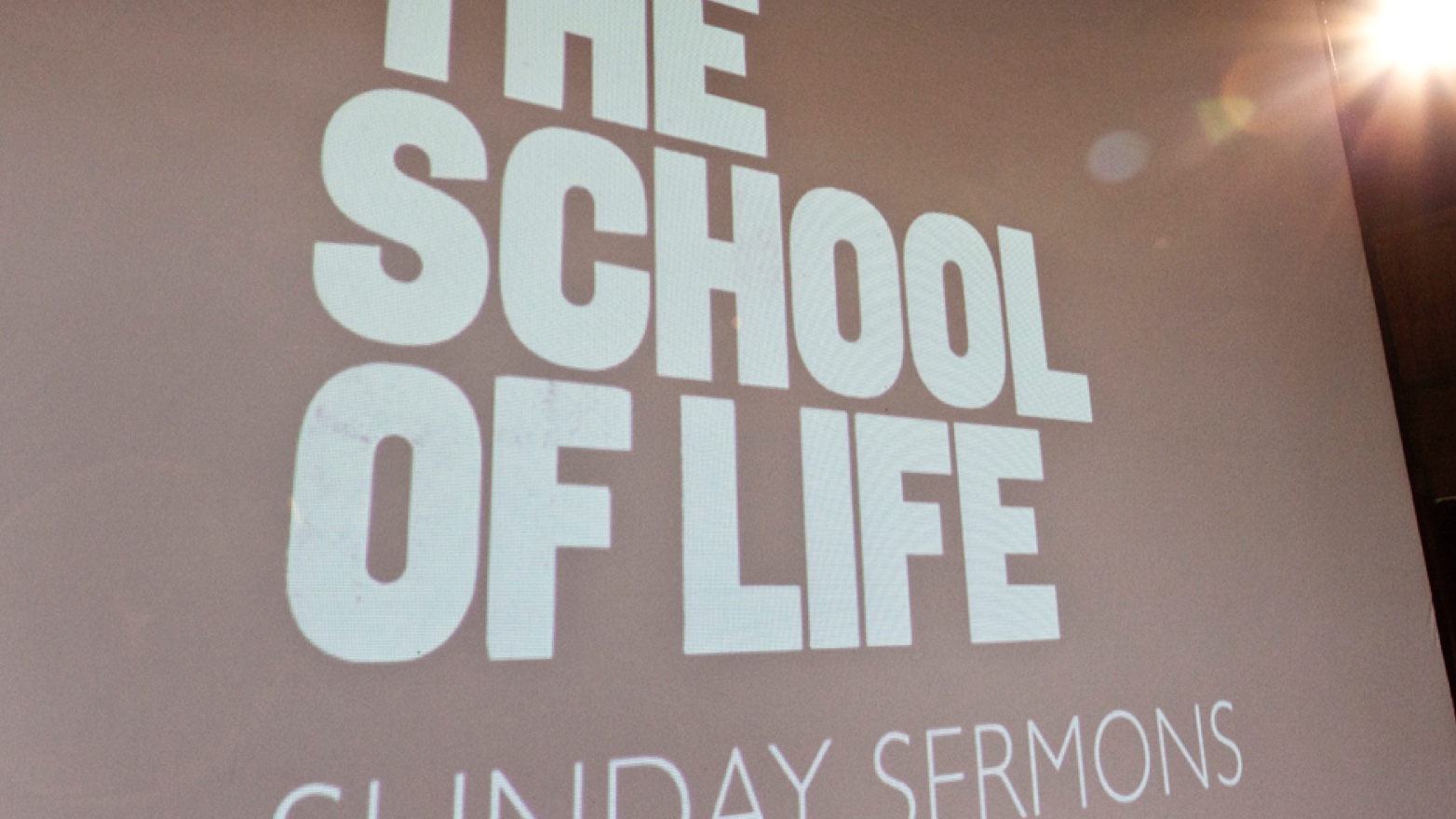New Order Nosh-Up

Ben Barker
17th April 2012
Turning theory into practice is one of the hardest aspects of running a critical design studio. Having theoretical stand points and acting on them are two different things, easier to say what not to do than exemplify your beliefs through doing. We are working towards it thanks to the Critical Audit that Matt gave us a while back.
In that time I have always held in high regard The School of Life, in part due to it’s connection with Alain de Botton. Though in greater part, because it had a series of beliefs that it finds actual outlets for. Sermons, lessons, tours, feasts. All of the output is considered and consistent with their wider beliefs, which is not easy.
I went to one of the Utopian Feasts last Wednesday, where the menu expended a lot more time on the conversation we would be having, than on the food. A curated journey of discussion. The food was consciously all white, the idea being that conversation was the evenings colour. In my work with Innovation Unit we often facilitate discussion, and have very structured ways of taking them to conclusions. We typically use “tools” that are designed specifically for particular workshops, for example creating personnas to walk though the contact points of a remodelled council structure, or asking people to draw a specific role to express it in a different way. The challenges include making people confident that their ideas are valuable, keeping the conversations on track and turning discussion into outcomes.
The Utopian Feast was fun because we were a bunch of similarly minded people in a room, (in that sense it can’t fail) however I would have been excited to see how far our explorations into the Utopic society could have gone with a more structured facilitation. We were so worried about where we lived, what we believed and who had met AdB that we hardly had time to draw up new worlds. To be critical of the event, perhaps the ambition outreached the reality of middle class strangers in a room.
Regarding the School of Life as a whole though, the answer, or at least the next question, is in the name. How much is the school analogy a useful metaphor and how much is it actually a school? I think this is one of the bigger decisions in any design process, how much do you need to borrow the language of the existing, in justifying the new. The (up until recently) brilliant instagram wouldn’t have been anything if it didn’t build on the language of film photography and the history of analog image capture, and yet futures that restrict themselves with nowness are often berated. The School of Life’s skill comes from borrowing the language when needed, rather than burdening themselves with it. They live in a shop, they offer Sunday sermons and staff are faculty. It makes me want to clap.